Microsoft’s Windows Server 2025 Datacenter is the latest iteration in its line of enterprise-grade server operating systems, officially released in November 2024. Designed to meet the demands of modern IT infrastructures, this edition offers significant advancements in security, performance, virtualization, and hybrid cloud integration. This comprehensive guide delves into the key features, licensing details, and comparisons with other editions to assist organizations in making informed decisions.
Key Features of Windows Server 2025 Datacenter
1. Enhanced Security Measures
-
Credential Guard Enabled by Default: Building upon previous iterations, Windows Server 2025 Datacenter has Credential Guard enabled by default. This feature utilizes virtualization-based security to isolate and protect sensitive data, ensuring that credentials are safeguarded against advanced persistent threats.
-
Next-Generation Active Directory: The Active Directory service has been overhauled to offer improved security and scalability. This enhancement provides a more robust identity management system, streamlining user and resource management across the enterprise.
2. Superior Performance and Scalability
-
Optimized NVMe Storage Performance: The integration of advanced NVMe technology has been fine-tuned, resulting in up to a 60% increase in Input/Output Operations Per Second (IOPS) compared to previous versions. This optimization ensures faster data access and improved storage efficiency.
-
Expanded Hardware Support: Hyper-V now supports configurations of up to 4 petabytes of memory and 2,048 logical processors per host. This expansion allows for greater scalability, accommodating the needs of large-scale virtualized environments.
3. Advanced Virtualization and Containerization
-
Unlimited Virtualization Rights: Windows Server 2025 Datacenter continues to offer unlimited virtualization rights, allowing organizations to deploy an unrestricted number of virtual machines (VMs). This capability is crucial for enterprises with extensive virtualization requirements.
-
Enhanced Hyper-V Features: The Hyper-V platform now includes support for GPU partitioning, which is particularly beneficial for workloads involving artificial intelligence (AI) and machine learning (ML). This feature ensures that resources are efficiently allocated, enhancing performance for demanding applications.
4. Robust Hybrid Cloud Integration
-
Azure Arc Integration: Seamless integration with Azure Arc enables unified management across on-premises and cloud environments. This feature simplifies operations, providing a consistent management experience regardless of where resources are located.
-
Flexible Licensing Models: Through Azure Arc, organizations can take advantage of pay-as-you-go licensing options, offering financial flexibility and aligning costs with actual usage.
5. Advanced Storage and Networking Capabilities
-
Storage Spaces Direct (S2D): This feature provides high-performance, scalable storage solutions with support for block cloning, enhancing file copy performance and overall storage efficiency.
-
Software-Defined Networking (SDN): Advanced networking capabilities, including the Network Controller and Software Load Balancer, offer improved network management and performance, ensuring that the infrastructure can handle complex networking tasks with ease.
Windows Server Standard vs. Datacenter: Key Differences
When choosing between the Standard and Datacenter editions of Windows Server 2025, it’s essential to understand the distinctions to make an informed decision.
| Feature | Standard Edition | Datacenter Edition |
|---|---|---|
| Virtualization Rights | Limited to 2 VMs | Unlimited VMs |
| Storage Spaces Direct (S2D) | Not Available | Available |
| Shielded Virtual Machines | Not Available | Available |
| Software-Defined Networking (SDN) | Not Available | Available |
The Datacenter Edition is tailored for organizations with extensive virtualization and advanced data center requirements, offering features not available in the Standard Edition.
Licensing and Pricing
Understanding the licensing model is crucial for organizations to ensure compliance and optimize costs.
-
Core-Based Licensing: Both Standard and Datacenter editions require licensing based on the number of physical cores in the server. A minimum of 16 core licenses is required per server, with additional cores licensed in increments of 2.
-
Client Access Licenses (CALs): In addition to core licenses, a CAL is required for each user or device accessing the server. This requirement ensures that all users and devices are properly licensed to utilize server resources.
For detailed licensing information, refer to Microsoft’s official Windows Server Licensing Guide.
Conclusion
Windows Server 2025 Datacenter represents a significant advancement in server operating systems, offering unparalleled features in security, performance, and hybrid cloud integration. Its robust capabilities make it an ideal choice for enterprises seeking a future-ready platform to meet their evolving IT needs.

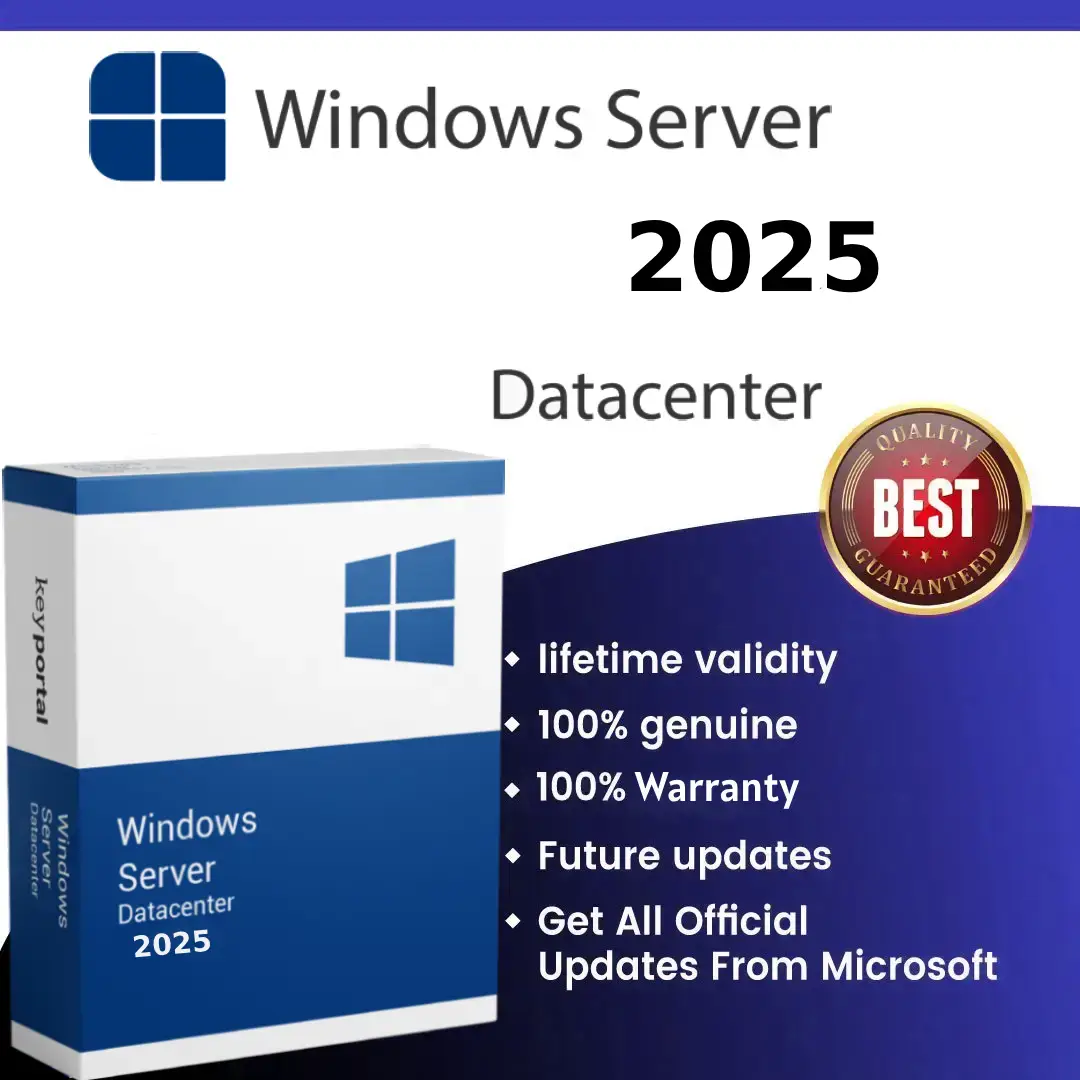
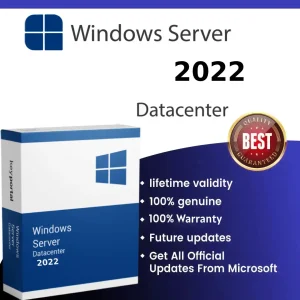
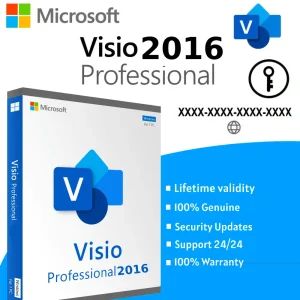
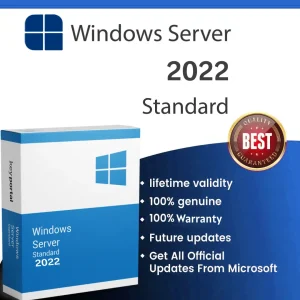
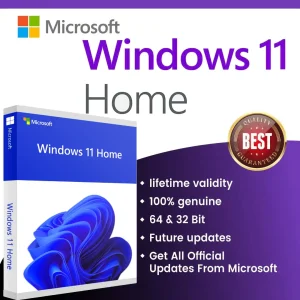
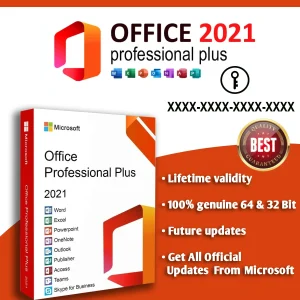
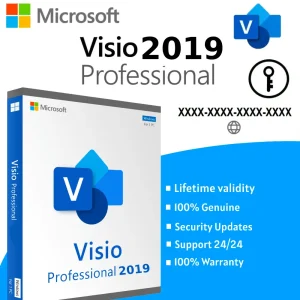
Reviews
There are no reviews yet.